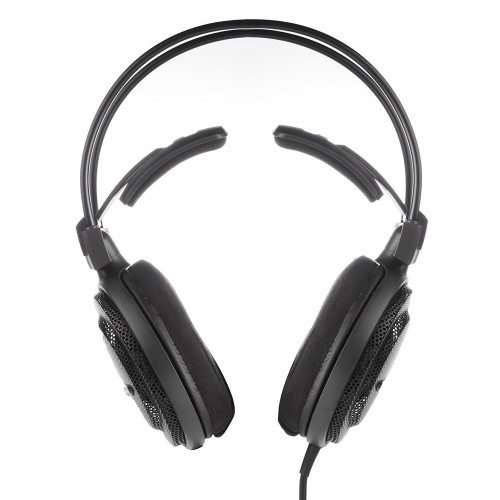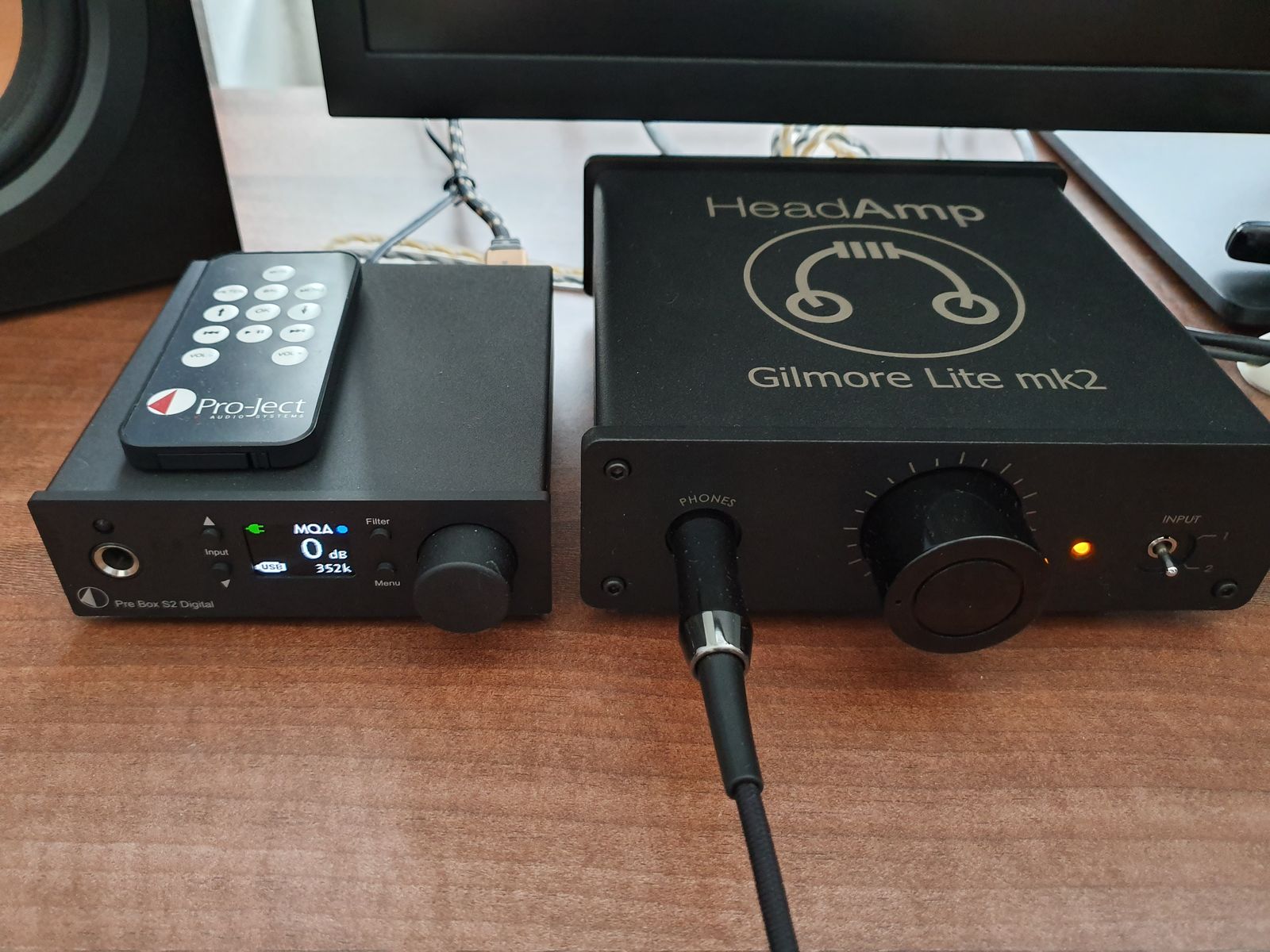
#ATH WS1100IS WITH AUDIOENGINE D1 DAC PLUS#
Volume control is done via your computer’s operating system, and proved to work quite simply with both Audirvana Plus and my Macbook Air’s internal controls. D3 pads (upsamples) all bit depths internally to 24 bits, thus achieving a higher signal-to-noise ratio.” Indeed, Audirvana Plus did identify file resolutions up to 192 entering the device, but output was limited to 24/96. The D3 can process digital audio at any bit depth up to 24 bits and any sample rate up to 192kHz. Due to the high signal-to-noise specs of the AKM4396 and the added benefit of double redundancy power source conversion and filtering, the D3 presents impressive low noise and low distortion characteristics. “The heart of the D3 is the AKM4396 DAC, well regarded for its low noise and high fidelity. While ESS Sabre DAC may currently be the popular choice for full-size digital components this year, AKM chipsets have made a few appearances in some more premium-priced mobile devices (including Centrance’s Hifi-M8, $799). Audioengine chose the AKM4396 chip for decoding responsibilities in tandem with a TI1020B USB controller. I wasn’t even remotely able to pick up the all-too-common hum that plagues so many devices via the sensitive JH Audio JH16s custom in-ears. This low-noise, low-ripple power supply is located on a separate circuit board for extra isolation and thermal management.” The background through the D3 proved to be dead silent. From the Audioengine site: “The D3 is powered directly from the USB bus and power is passed through two stages of regulation to ensure no USB bus power variations affect the audio quality. While the overall effect of impedance on sound quality for headphone listening is still up for some debate, the power from the D3 and its LME49726 headphone amplifier was sufficient to gracefully push all but the hardest-to-drive headphones.

The very straightforward website clears the way for several interesting technical tidbits. Its overall weight seems both sturdy and compact enough to toss in your pocket or computer bag without a worry. All-in-all the product looks quite content attached to my Macbook Air, matching the style and colorings of the silver casing with a single circular Audioengine logo gracing the top of the small device. After significant usage some heat can be felt emanating from the compact component, but nothing above and beyond the usual warm dissipation of your typical audio component. Audioengine stuck with a rather bare bones approach from a cosmetic vantage point with its simplistic silver-metallic two-piece chassis. The DAC section is capable of 192kHz input but output tops out at 96kHz similar to the Dragonfly. One serves as a power indicator and the other as a “HD” indicator for file resolutions above 48kHz. A single mini-jack analog out serves as a feed for both headphones and line-level output. The actual size of the unit harkens back to the gum-sized USB sticks of yesteryear. The followup micro DAC here keeps the company on pace with current industry trends and further challenges the idea that high fidelity listening has to cost an arm and a leg. While Audioengine is perhaps know best for its affordable computer audio loudspeaker setups, its reasonably priced D1 DAC unit ($169) has not gone completely unnoticed among the budget computer audio faithful. The lowly (by audiophile standards) cost of entry beckons the question, how far is this game going to go? The answer from Audioengine is another step in the southern direction with their newest release called the D3 ($189). The release of the AudioQuest Dragonfly and subsequently the Meridian Explorer pushed the burgeoning genre even further into the audiophile consciousness.


The plot continues to thicken around USB-stick-sized micro DACs.


 0 kommentar(er)
0 kommentar(er)
